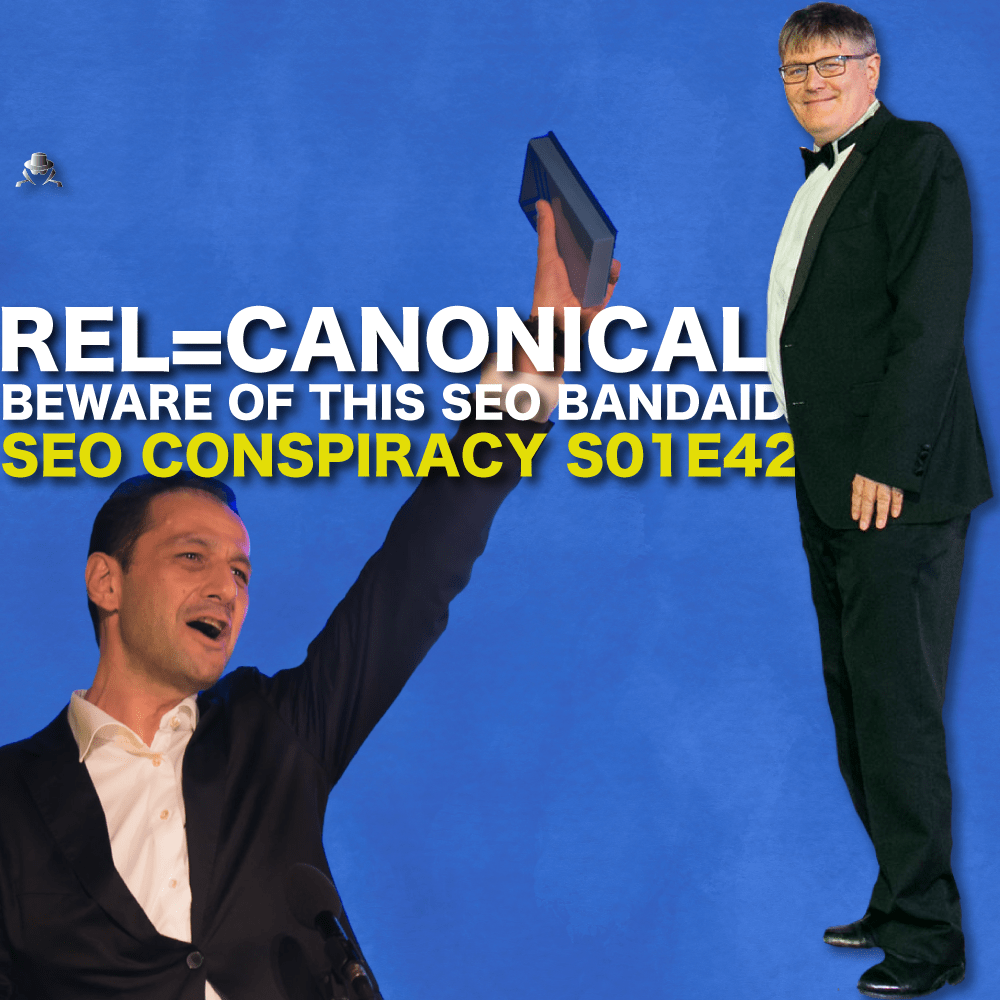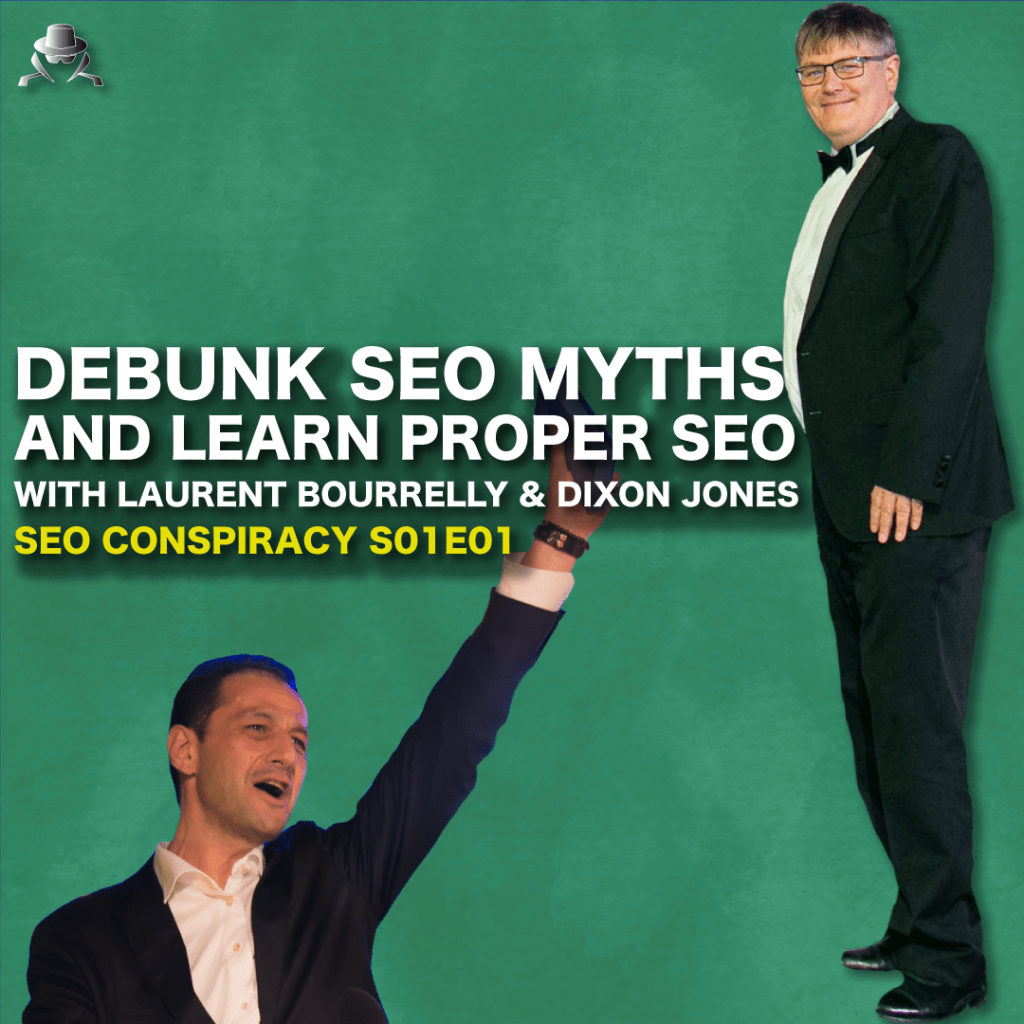The Rel Canonical Problem for Google Search Engine Optimization. Beware of this SEO Band Aid!
Using Rel Canonical to solve duplicate content issues sounds easy.
Do it wrong and you will most likely encounter major issues about your ranking in Google SERP.
In my opinion, it’s the easiest way to self destroy your website. Too many times, website owners or SEO came to me with theories about Google Penalties or Negative SEO.
In fact, they destroyed themselves their ranking on Google by using rel canonical the wrong way.
We previously talked about what I call Google SEO Bandaids.
Basically, anything Rel invented by Google is a band-aid to solve issues with bad website development.
The issue is that SEO and website developers rely too much on it.
The real solution is about removing duplicate content issues at the core.
Using Rel Canonical does not guarantee duplicate content problems.
Let’s find out today the good, the bad, and the ugly about the Rel Canonical for Google Search Engine Optimization.
Watch the video
The Canonical Tag Debate: Powerful but Dangerous
Welcome to SEOconspiracy.com, where we uncover the complexities of search engine optimization. Today’s topic dives deep into the world of canonicals, exploring their potential, pitfalls, and why getting them wrong can spell disaster. Joining me is Dixon Jones, and together, we’ll navigate the dangers and best practices of implementing rel=canonical.
What Are Canonicals?
A canonical tag (rel=canonical) is a tool that tells search engines which version of a URL is the preferred one. It’s particularly useful for managing duplicate content or parameterized URLs. But while the concept sounds simple, its execution can be anything but.
Dixon describes it best: a canonical is like telling a search engine, “This is my preferred URL.” However, like all powerful tools, improper use can lead to chaos.
When Canonicals Go Wrong
- CMS Defaults: Dixon shared a classic example with Magento. By default, Magento pointed canonicals inconsistently between URLs with and without trailing slashes. This misstep created conflicting signals for search engines and undermined rankings.
- Contradictions with Robots.txt: Another common mistake is disallowing a page in robots.txt while setting a canonical tag to that same page. Google won’t crawl a disallowed page, rendering the canonical useless.
- Page Speed Issues: If a canonical page has slow loading times or rendering issues, Google may ignore the tag entirely, penalizing the non-canonical pages by association.
- Black Hat Tactics: Canonicals can also be exploited maliciously. Some use them across domains to siphon authority from trusted sites, mimicking the effects of a 301 redirect without an actual link.
Google’s Perspective on Canonicals
Google treats canonicals as a hint, not a directive. This means:
- Google Can Ignore Them: If the content or structure of your site is inconsistent, Google may choose to disregard your canonical suggestions.
- Duplicate Content Matters: Canonicals help resolve duplicate content issues, but only if implemented correctly. Otherwise, you risk confusing search engines and diminishing your site’s authority.
Best Practices for Canonicals
- Consistency is Key: Ensure your URLs are consistent in structure (e.g., trailing slash or no trailing slash) and use canonicals appropriately.
- Clean Up Parameters: Use tools like Google Search Console to manage parameterized URLs or opt for server-side solutions like htaccess rules to avoid the need for canonicals altogether.
- Avoid Over-Reliance: While canonicals are powerful, they shouldn’t replace proper site architecture. Redirects (e.g., 301s) are often a more reliable solution.
- Test Thoroughly: Regularly audit your site for canonical issues, especially after updates or migrations.
Canonicals: A Blessing and a Curse
Dixon notes that when used wisely, canonicals can be a lifesaver, especially for managing duplicate content. However, improper use—or the “easy approach”—can lead to what Laurent calls “auto-negative SEO,” where your own missteps sabotage your rankings.
At SEOconspiracy.com, we recommend treating canonicals as a tool of precision, not convenience. The more effort you put into understanding and implementing them correctly, the more likely they are to work in your favor.
Canonicals are a double-edged sword. They offer incredible power for organizing content and signaling preferences to search engines, but misuse can lead to confusion, lost rankings, and wasted potential. Whether you love them or hate them, one thing is clear: canonicals demand respect and careful implementation.
Next time, we’ll explore another fascinating topic—long-form content and its role in semantic SEO. Until then, stay curious and keep optimizing!



